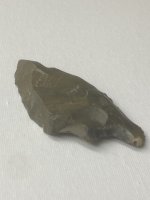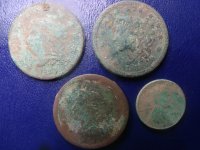pvet7521
Full Member
- Dec 30, 2010
- 121
- 32
- Detector(s) used
- Whites, Aquapulse, Grometrics
- Primary Interest:
- Shipwrecks
- Thread starter
- #21
The the size of the diameter of the pipe squared, so 4x4 =16 . But I would go 20. And you need at least 35 psi just to get the air down to that depth, I would go 50 or better . You can't have too much air
how much cfm for a 4" airlift at 35 feet ?




